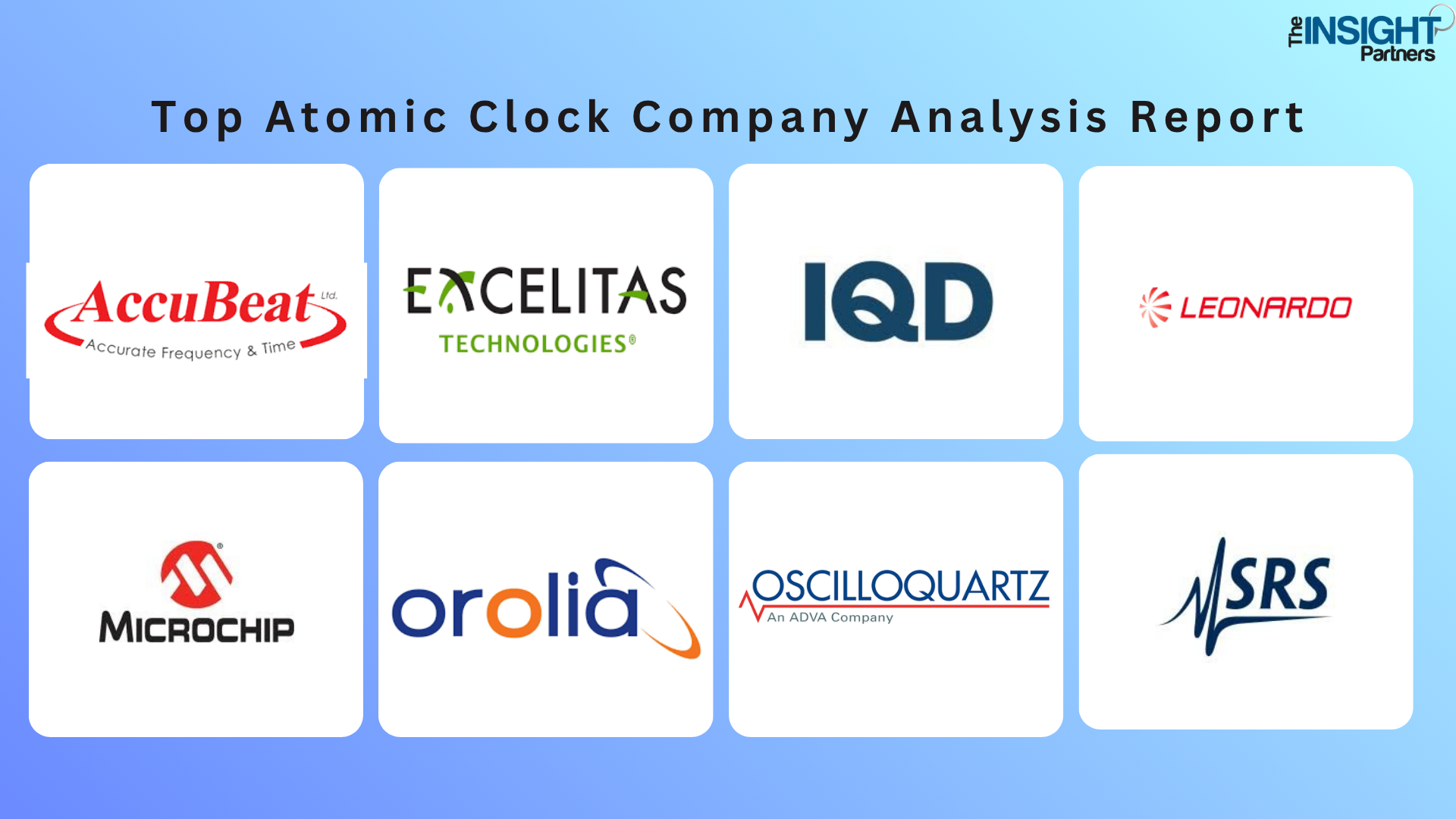The atomic clock market is experiencing a significant surge, driven by an insatiable global demand for ultra-precise timing solutions across an ever-expanding array of applications. These incredibly accurate timekeeping devices, which measure time by the vibrations of atoms, are no longer confined to highly specialized laboratories. They are the silent, indispensable backbone of modern infrastructure, from global navigation systems to telecommunications networks and scientific research.
The atomic clock market is expected to reach US$ 745.79 million by 2028; it is estimated to grow at a CAGR of 6.5% from 2022 to 2028. This substantial growth underscores the escalating reliance on accurate timekeeping for a vast range of critical operations.
A key driver of this market is the exponential growth of satellite-based navigation systems. GPS, Europe's Galileo, and India's NavIC all depend heavily on onboard atomic clocks to provide the precise timing signals essential for accurate positioning. A tiny discrepancy in time measurement can translate into significant errors in location, making atomic clocks vital for defense, commercial logistics, and even autonomous vehicles. The modernization of these systems and the launch of new constellations continually fuel the demand for these high-precision instruments.
Furthermore, the telecommunications sector is a major consumer. Atomic clocks are crucial for synchronizing telecommunication networks, ensuring seamless data transmission and reception at precise intervals. The advent of 5G and the increasing complexity of data traffic demand even greater timing accuracy, pushing the boundaries of atomic clock technology. Financial institutions also rely on atomic clocks to synchronize transactions, minimizing errors and ensuring market integrity.
By type, Rubidium (Rb) atomic clocks currently hold a significant market share due to their balance of precision, compact size, and relatively lower cost. However, Hydrogen (H) maser atomic clocks are anticipated to grow at a remarkable CAGR, driven by their superior stability for highly specialized applications. Cesium (Cs) atomic clocks, which define the fundamental unit of time, remain crucial for national metrology laboratories and primary timekeeping standards.
Geographically, North America leads the atomic clock market, benefiting from substantial investments in defense, space exploration, and a mature telecommunications infrastructure. However, the Asia-Pacific region is poised for the fastest growth, propelled by rapid advancements in space programs, military modernization, and expanding telecommunications networks in countries like China, India, and Japan.
Despite the strong growth, challenges exist. The high development and maintenance costs of advanced atomic clocks, along with the complexity of the underlying technology, can be limiting factors. However, ongoing research into miniaturization and the development of "chip-scale" atomic clocks are aimed at addressing these challenges, paving the way for broader commercial applications. The future of the atomic clock market promises even greater precision and accessibility, as quantum advancements and continued innovation unlock new possibilities in timekeeping.
Get Sample Report: https://www.theinsightpartners.com/sample/TIPRE00015316
Author's Bio:
Nilesh Shinde
Senior Market Research expert at The Insight Partners


